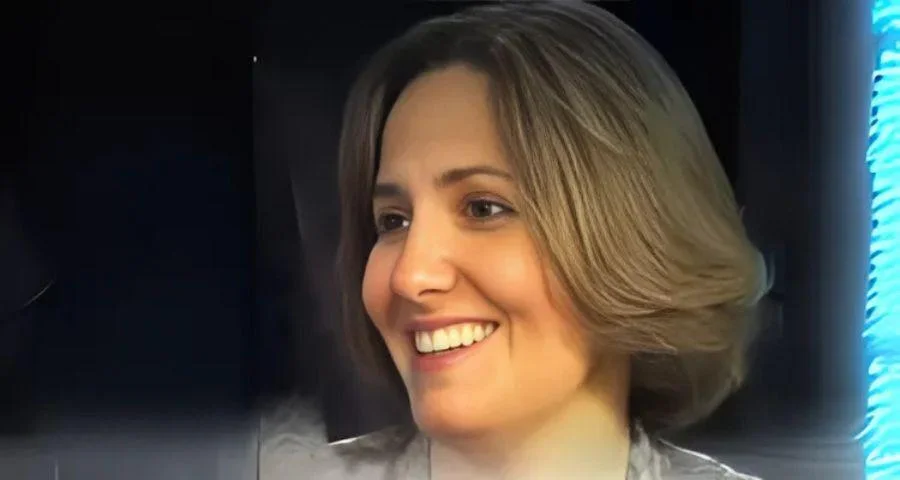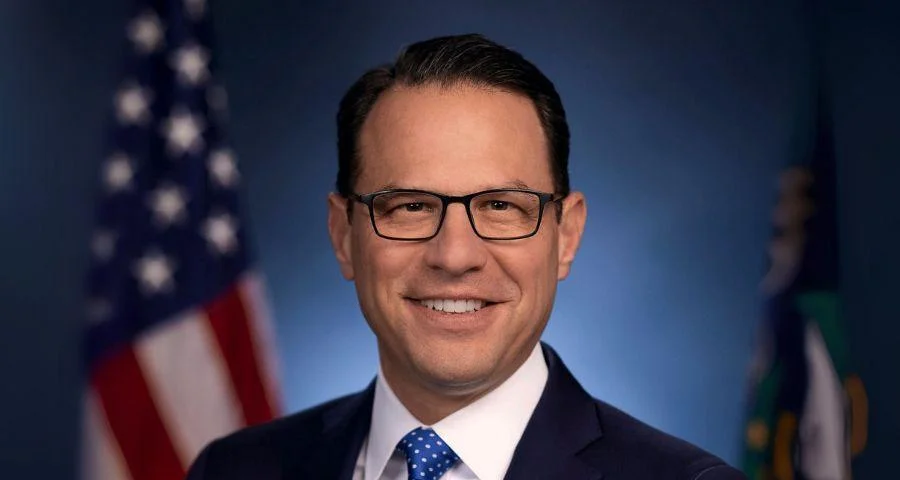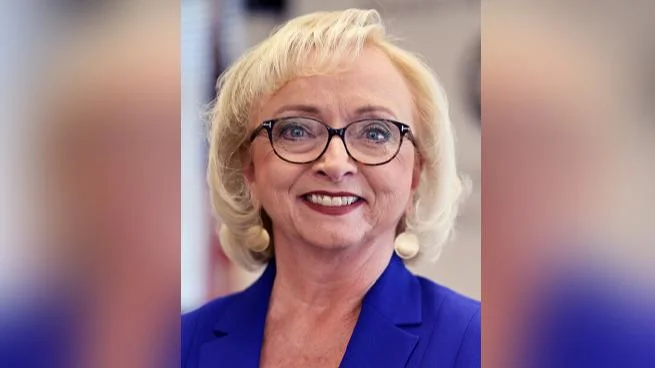
Elizabeth “Betsy” Corcoran, Co-founder and CEO | EdSurge Research
Dual enrollment programs are increasingly popular, allowing high school students to earn college credit and potentially lower the cost of higher education. However, inconsistent standards and difficulties in transferring credits can limit the benefits for students.
As more students participate in dual enrollment, alignment between high schools, colleges, and workforce requirements has become a pressing issue. Without shared standards or interoperable credentialing systems, students may encounter obstacles when moving between educational institutions or entering the job market. Recent developments in digital standards and verifiable credentials seek to address these challenges by clarifying academic expectations and ensuring that credits have consistent value.
A report from Jobs for the Future and the College in High School Alliance highlights that dual enrollment, especially in career and technical education tracks, helps students transition to college-level work within supportive environments. Students who accumulate significant college credit before graduating high school tend to achieve better academic outcomes and higher graduation rates compared to their peers.
Yet, many students face problems when attempting to transfer their earned credits. According to a 2025 Public Agenda survey, nearly 40 percent of respondents tried to transfer college credit. Of those individuals, 58 percent lost some credits during the process; 24 percent reported that only a few or none of their credits transferred; and one in five had to retake classes they had already completed. In total, 65 percent experienced at least one negative outcome due to these barriers.
These issues often arise because course content and rigor vary among high schools and colleges. The lack of shared standards makes it difficult for institutions to determine which credits should be accepted. New tools that define and verify academic standards—such as digital frameworks—are being used to bridge this gap. These frameworks help clarify what knowledge or skills are expected from each course, making it easier for colleges to recognize student achievements.
Georgia is an example of how implementing shared standards can improve clarity around credit transfer. The Georgia Department of Education (GaDOE) developed SuitCASE, a digital platform using the Competencies and Academic Standards Exchange (CASE) technical standard to make learning standards machine-readable and shareable across platforms. This allows K-12 standards in Georgia to align with higher education requirements as well as workforce expectations.
“Ultimately, this process aims to demonstrate that curricula can be verified digitally, making the transfer of credits toward degree completion more reliable,” said Dr. Keith Osburn, chief information officer and deputy superintendent for technology services at GaDOE. “Additionally, it is essential to identify and address any gaps in the curriculum, ensuring it becomes more comprehensive and aligned with the necessary skills and degree requirements that lead to higher-paying jobs and more fulfilling careers.”
Nineteen states currently host their own CASE servers while all fifty states have core standards available in CASE format. Experts say publishing higher education curricula in CASE will further support student mobility by enabling data-informed dual enrollment decisions.
At the University of Georgia (UGA), every student now receives a Comprehensive Learner Record (CLR)—a digital credential that documents coursework alongside co-curricular activities such as internships or leadership roles. The CLR follows a national standard designed for sharing validated competencies with colleges or employers.
“At the University of Georgia, we know our graduates are already developing essential skills like critical thinking, leadership, and communication,” said Marisa Anne Pagnattaro, UGA’s vice president for instruction and senior vice provost for academic planning. “The Comprehensive Learner Record will give students a way to reflect on and clearly communicate those competencies. By capturing the skills gained inside and outside the classroom, this innovative digital credential will make it easier to convey their value to future employers.”
Supporters believe these innovations create transparent pathways from education into careers by ensuring each skill is recognized regardless of where it was learned.
The move toward standardized credentials continues with events like the 1EdTech Digital Credentials Summit scheduled for February 18-20, 2026 in Philadelphia—a gathering focused on advancing these approaches nationwide.




 Alerts Sign-up
Alerts Sign-up